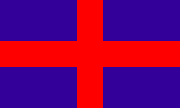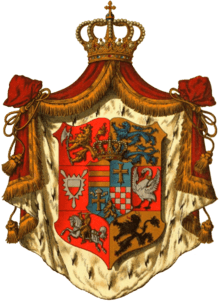Oldenburg Land
| Oldenburger Land | ||||||
| Region, regional association, and district of the Grand Duchy of Oldenburg, the Free State of Oldenburg, and Oldenburg | ||||||
| ||||||
| ||||||
| History | ||||||
| • | Established | ? | ||||
| • | Disestablished | 1978 | ||||
The Oldenburg Land (German: Oldenburger Land) is a region and regional association in the German state of Lower Saxony in the area of the former Grand Duchy of Oldenburg (to 1918), the later Free State of Oldenburg (to 1946) and administrative district of Oldenburg (to 1978) without its exclaves, along the rivers Hunte and Hase. In the region between Waterkant, Dümmer and Damme Hills some of the population still speak Low German today and, in Saterland also Saterland Frisian. The region is rich in old Lower Saxon customs such as Schützenfests or Kohlfahrten. Typical country sports include Klootschießen and Boßeln.
The mainly Catholic southern part of the Oldenburg Land is known as Oldenburg Münsterland, the mainly Lutheran northern part is known as Oldenburg Land (Old Oldenburg) in its narrower sense.
Oldenburg Land roughly corresponds to the towns of Oldenburg, Wilhelmshaven and Delmenhorst as well as the districts of Friesland, Ammerland, Oldenburg, Cloppenburg, Wesermarsch and Vechta.
The borders of the Oldenburg Land are still clear today from the boundaries of institutions such the Evangelical Lutheran Church in Oldenburg, the Offizialatsbezirk Vechta of the Roman Catholic Diocese of Münster or the Landessparkasse zu Oldenburg.
Towns and villages
The largest towns, apart from the former state and district capital of Oldenburg with about 160,000 inhabitants are Wilhelmshaven (~ 83,000) and Delmenhorst (~75,000). Others worth mentioning are:
|
|
|
|
Sources
- Gerhard Wietek: Oldenburger Land (Deutsche Lande - Deutsche Kunst). 2. Auflage, München/Berlin 1974

